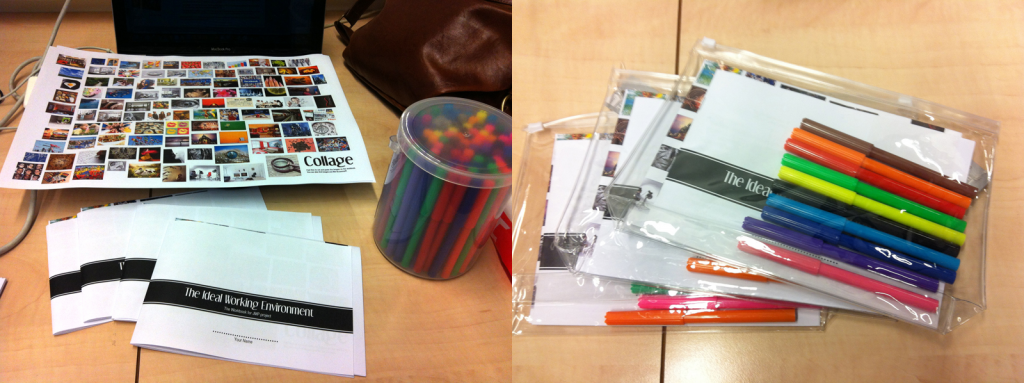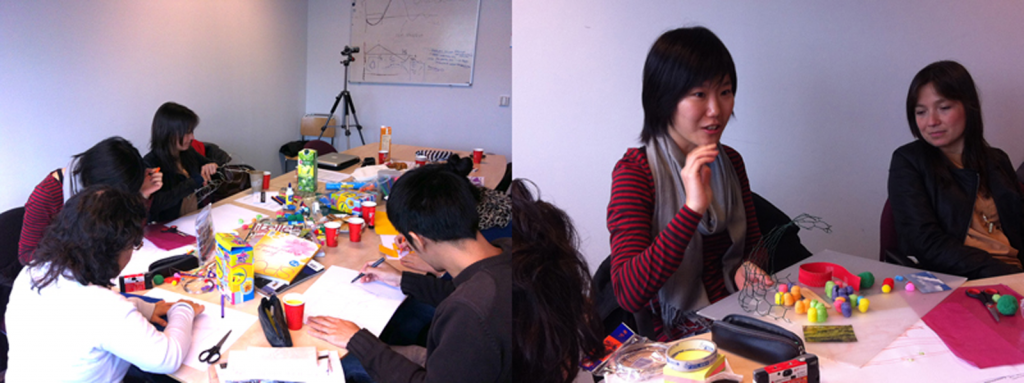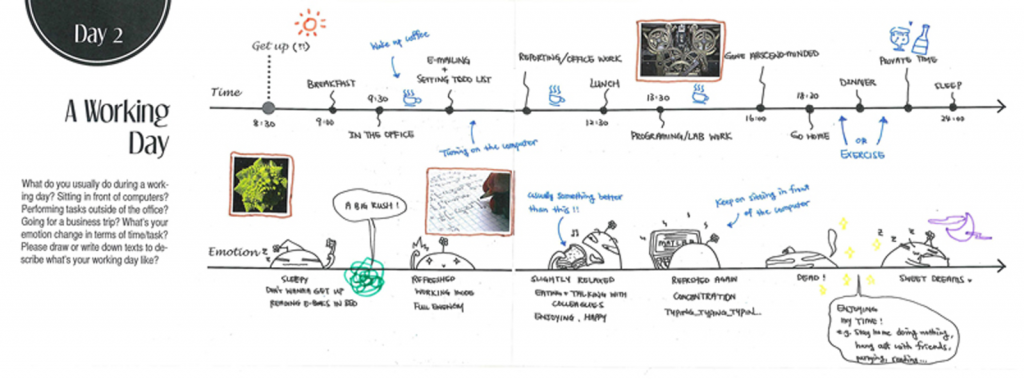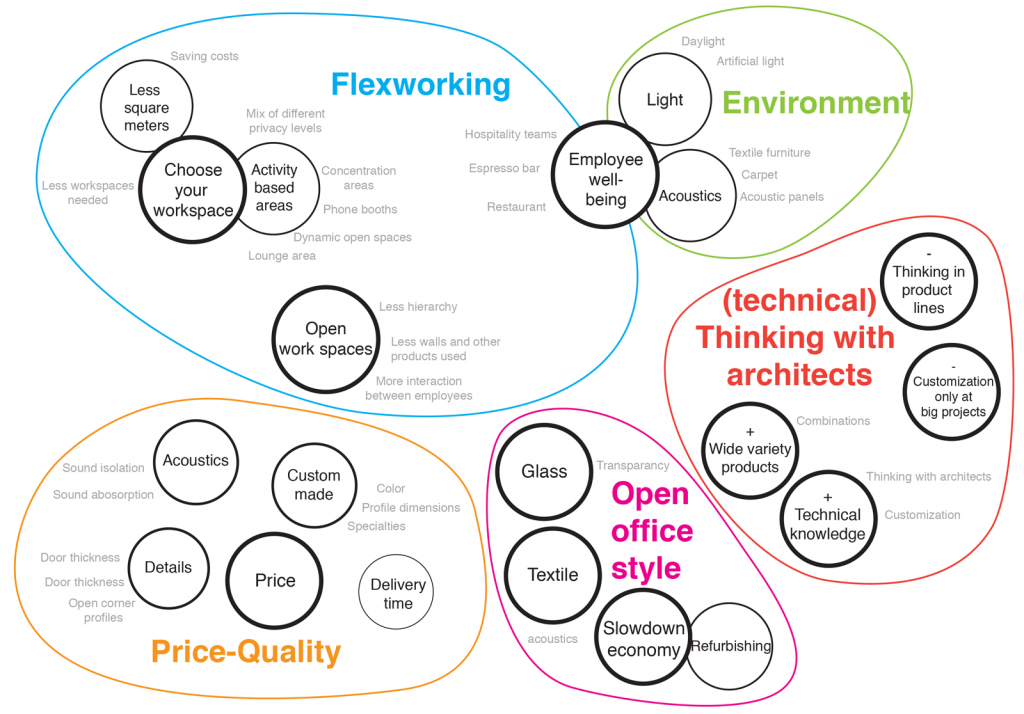Overview
UX design is all about trade-offs. In order to design based on users’ needs that go beyond personal preference, a solid research process is key.
The following are selected examples of other UX research methods that I learned and used in my past work.
Time
2011 – 2016
Role
Researcher
Mind mapping
Mind mapping is a great way to quickly visualize and organize thoughts in the design process. In a mind map, designers begin with a central idea and then branch out to relevant things that come up in mind. Comparing to the traditional note-taking method, mind mapping comes in different forms — colors, fonts, graphics, strokes and connecting lines. It allows designers to jot down ideas in a more personal and lively fashion.
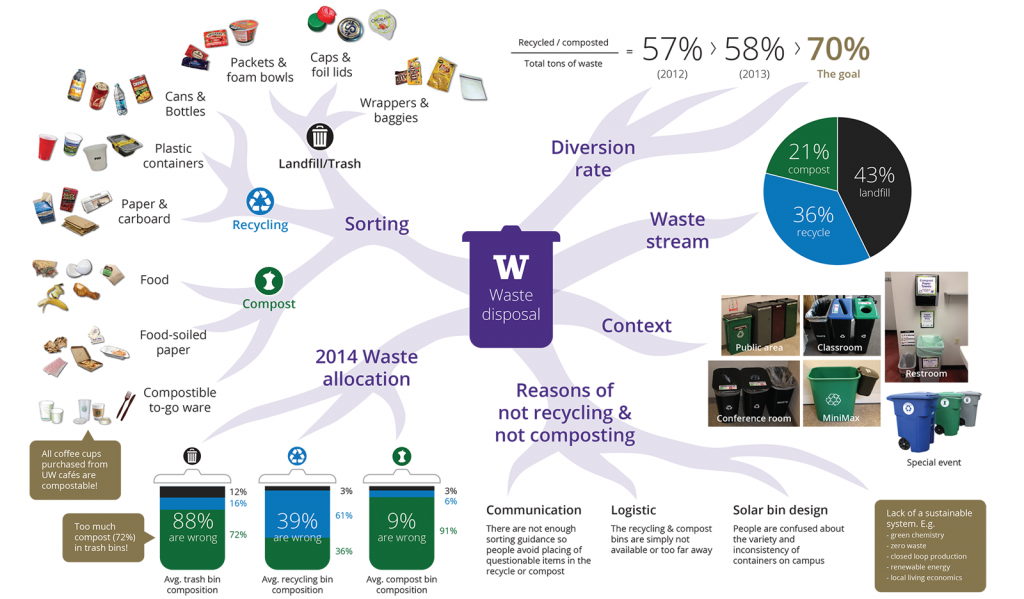
Experience mapping
Experience mapping is a strategic process to capture and communicate complex user interactions. Through investigating and visualizing customer behaviors across different touchpoints, designers can develop empathy for users and identify design opportunities.
Generally speaking, there are four steps to build an effective experience map:
- 1. Uncover the truth: Reach out to real users and observe their behaviors.
- 2. Chart the course: Work with stakeholders in a session to synthesize key insights.
- 3. Tell the story: Visualize the user journey and map out the insights.
- 4. Use the map: Generate and communicate ideas based on the map.
For more information, an American design agency, Adaptive Path, has written a detailed guide here.
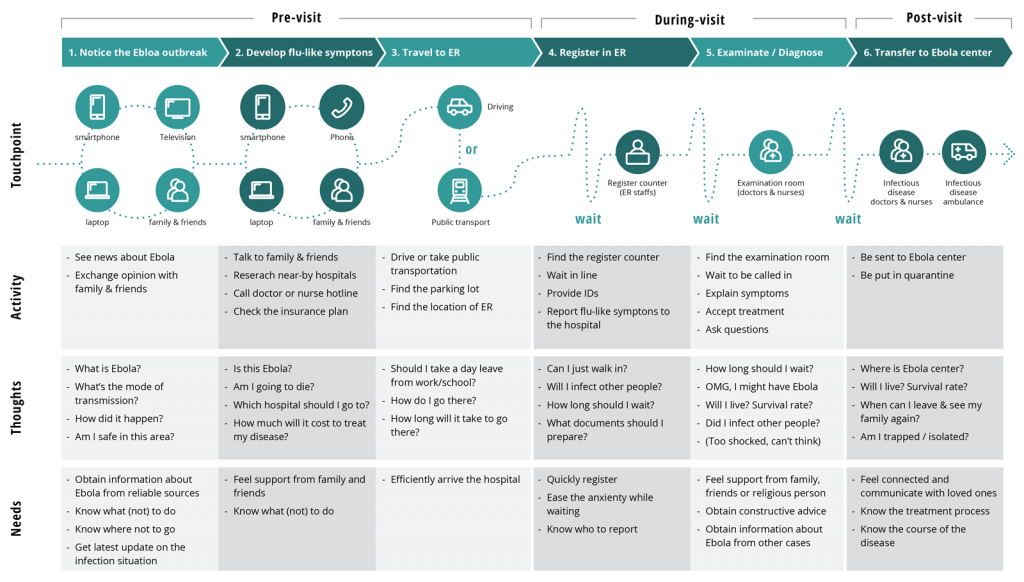
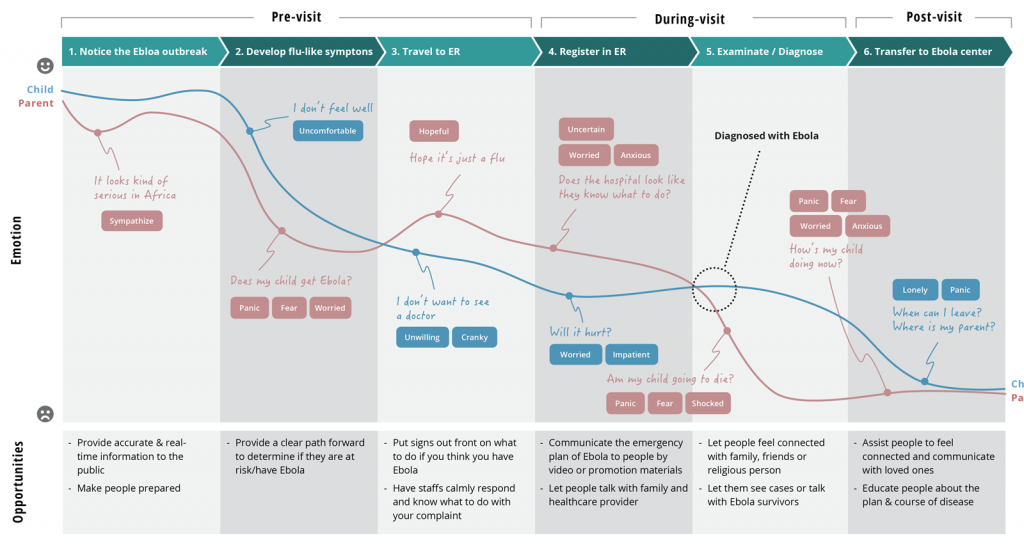
Thumbnail sketching
Thumbnail sketching is a quick and abbreviated drawing method that allows designers to rapidly map down ideas in the initial design stage. Since the main purpose of a thumbnail sketch is to help to memorize thoughts instead of presenting, it is usually very small, like an inch or two high.
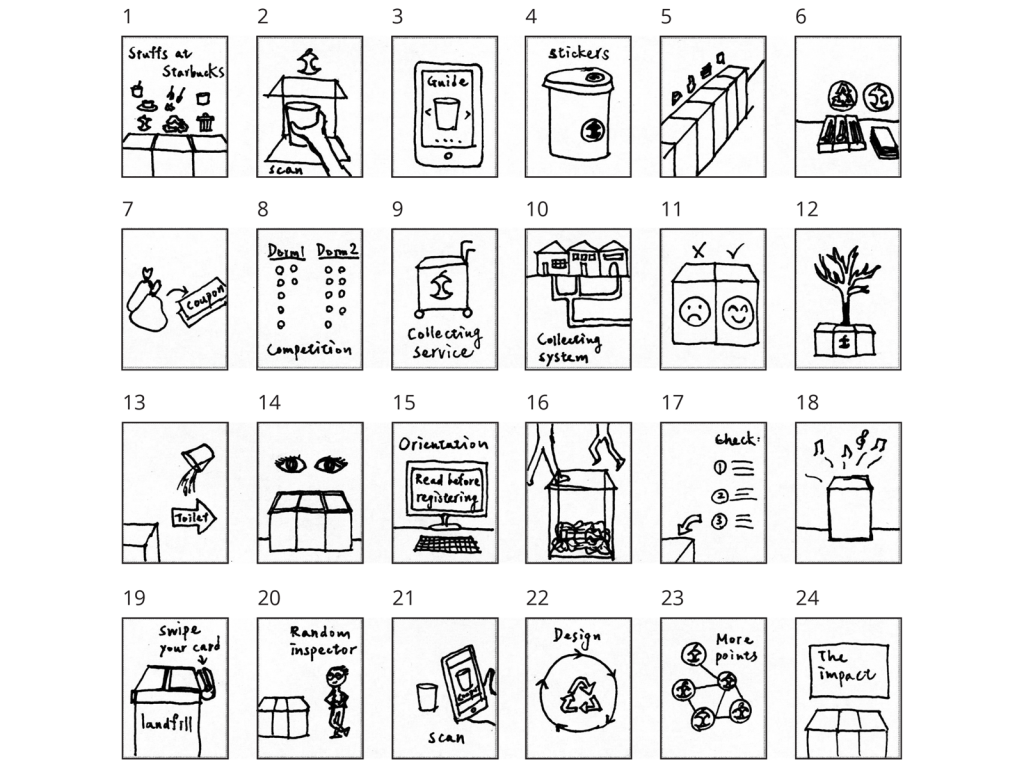
Context mapping
Contextmapping is an emerging method for designers and researchers to map the contexts of user’s interaction with products. By involving users to “make” things, contextmapping not only focuses on learning what users think and do, but also aims at gaining knowledge about what people know, feel and dream. It can reveal the tacit knowledge and expose latent needs of users (Visser, Stappers, Remko, Elizabeth, 2005), and thus goes beyond the conventional user study techniques such as interviews, observations and focus groups.
The goal of this context mapping was to gain insights into people’s expectations of their ideal work style and to understand the context of the interaction between people and their office environment.

